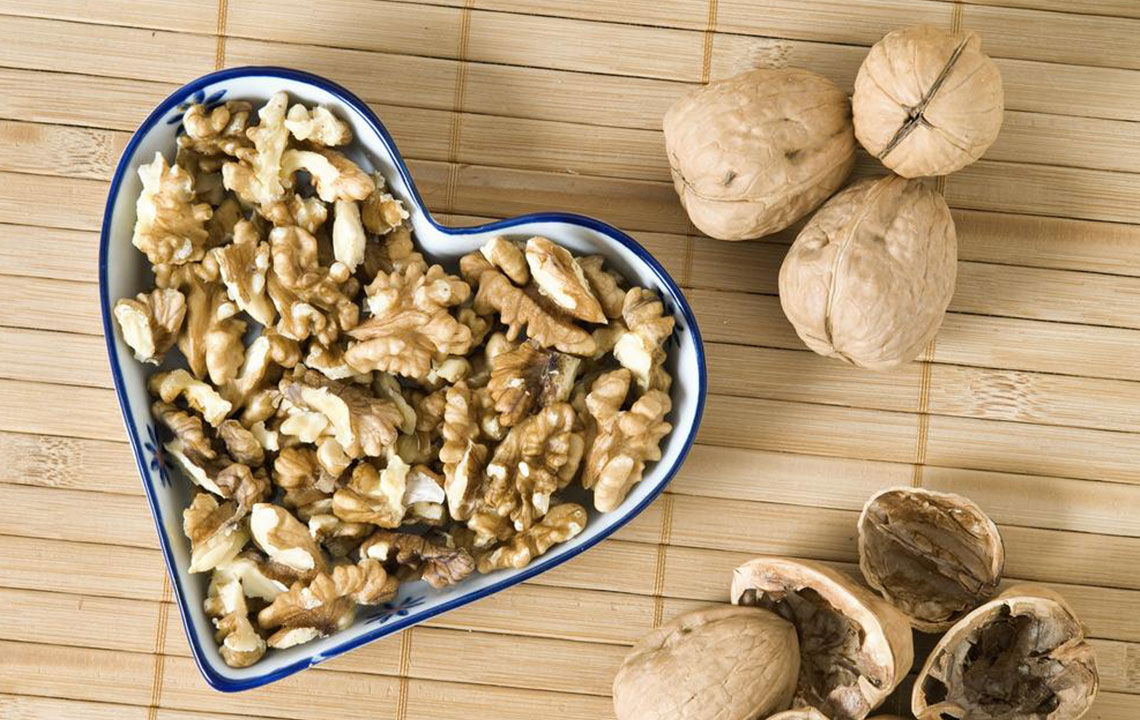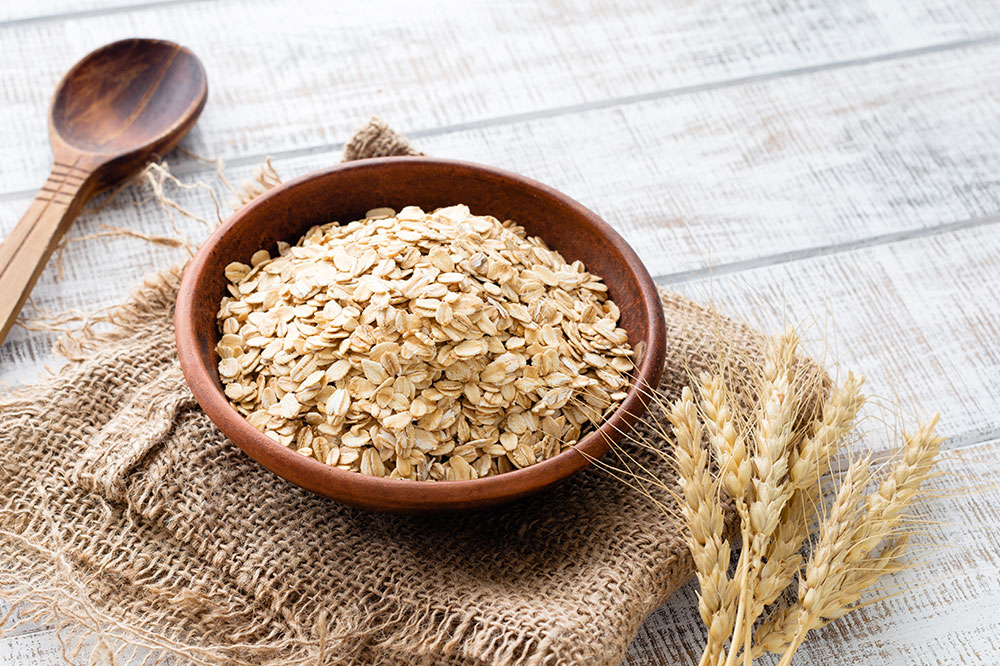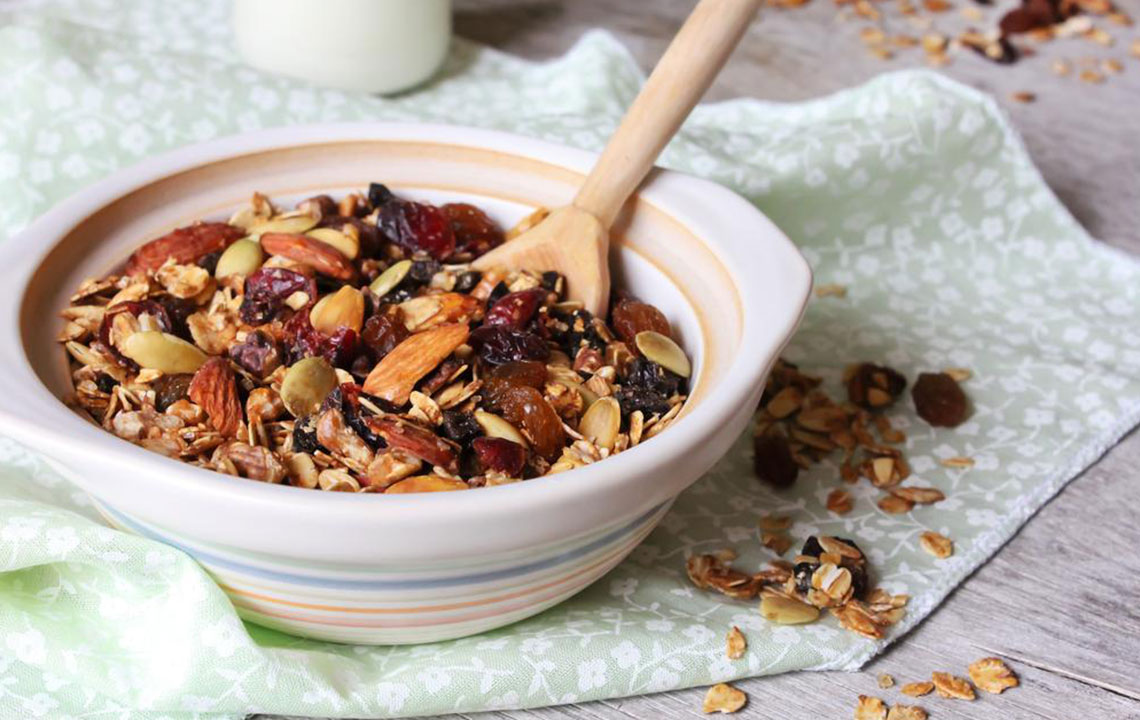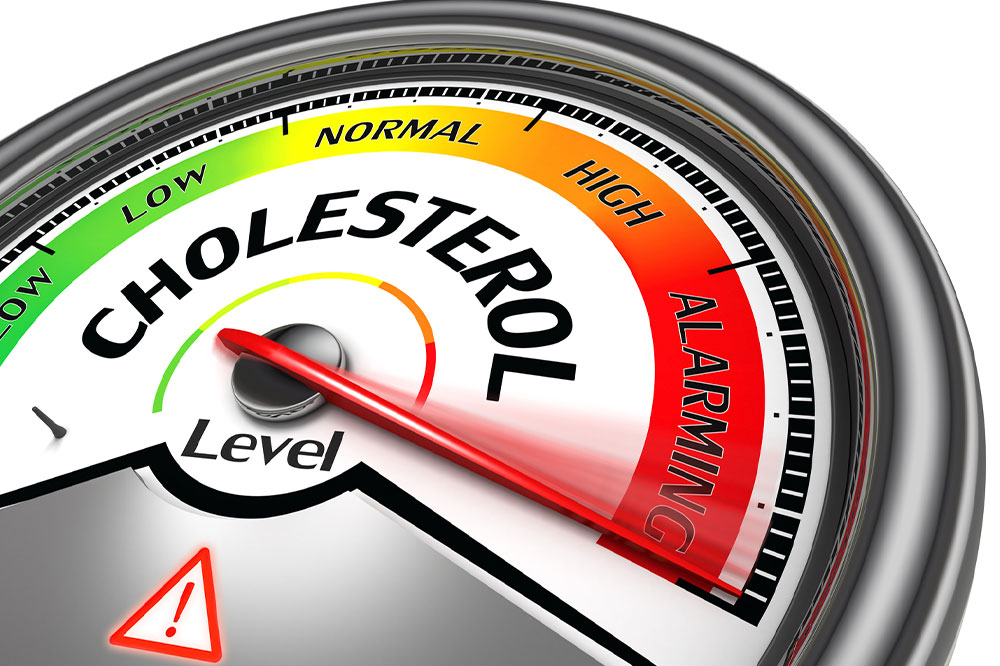Strategies to Boost Good Cholesterol and Lower Bad Cholesterol Levels
Learn effective strategies to boost HDL cholesterol and lower LDL levels, including diet, exercise, and lifestyle changes. Regular monitoring and healthy habits are essential to reduce heart disease risk and promote cardiovascular health. Implement simple daily practices for lasting benefits.

Effective Ways to Improve HDL and Reduce LDL Cholesterol
Cholesterol, produced mainly by the liver, circulates in the bloodstream, with 75% naturally generated and 25% obtained from food. Elevated cholesterol levels pose health risks, especially for the heart, but proper levels are vital for cell membrane integrity and hormone synthesis. High cholesterol often lacks symptoms but can lead to artery blockages, resulting in heart attacks or strokes. Regular testing of blood cholesterol, including HDL (good) and LDL (bad) cholesterol, helps monitor risks. Lifestyle choices such as diet, exercise, and stress management play crucial roles in maintaining healthy cholesterol levels.
LDL cholesterol deposits plaque in arteries, narrowing them, and increasing risk of cardiovascular problems. To prevent issues, LDL should be kept below 70 mg/dL, while HDL should be higher to protect against heart disease. Triglycerides should stay under 150 mg/dL. Factors such as smoking, excessive alcohol, inactivity, diabetes, and unhealthy eating habits raise triglyceride levels. Maintaining total cholesterol below 200 mg/dL significantly reduces health risks. A balanced diet rich in fruits, vegetables, fiber, and fish, along with regular exercise, helps regulate cholesterol. Pharmacological options like niacin can also assist in improving levels.
Dietary habits have a minimal effect on blood cholesterol for many, but foods high in saturated and trans fats can raise levels in some individuals. Reducing intake of fried foods and dairy products can lower risks like obesity, diabetes, and heart issues. Genetics, age, and hormonal changes also influence cholesterol levels, especially in women post-menopause. The American Heart Association suggests limiting saturated fats to 7% of daily calories. Incorporating antioxidants, engaging in physical activities such as walking, gardening, or dancing, and managing stress through relaxation techniques contribute to maintaining healthy cholesterol. Monitoring portion sizes and choosing nutritious, low-salt, low-oil meals — especially when dining out — is advisable. A proper sleep routine and stress management are essential for heart health.
In summary, lifestyle modifications, balanced nutrition, and regular health checks are key to controlling cholesterol levels and reducing cardiovascular risks. Prioritizing physical activity, a healthy diet, and stress control can significantly improve heart health and overall well-being.










